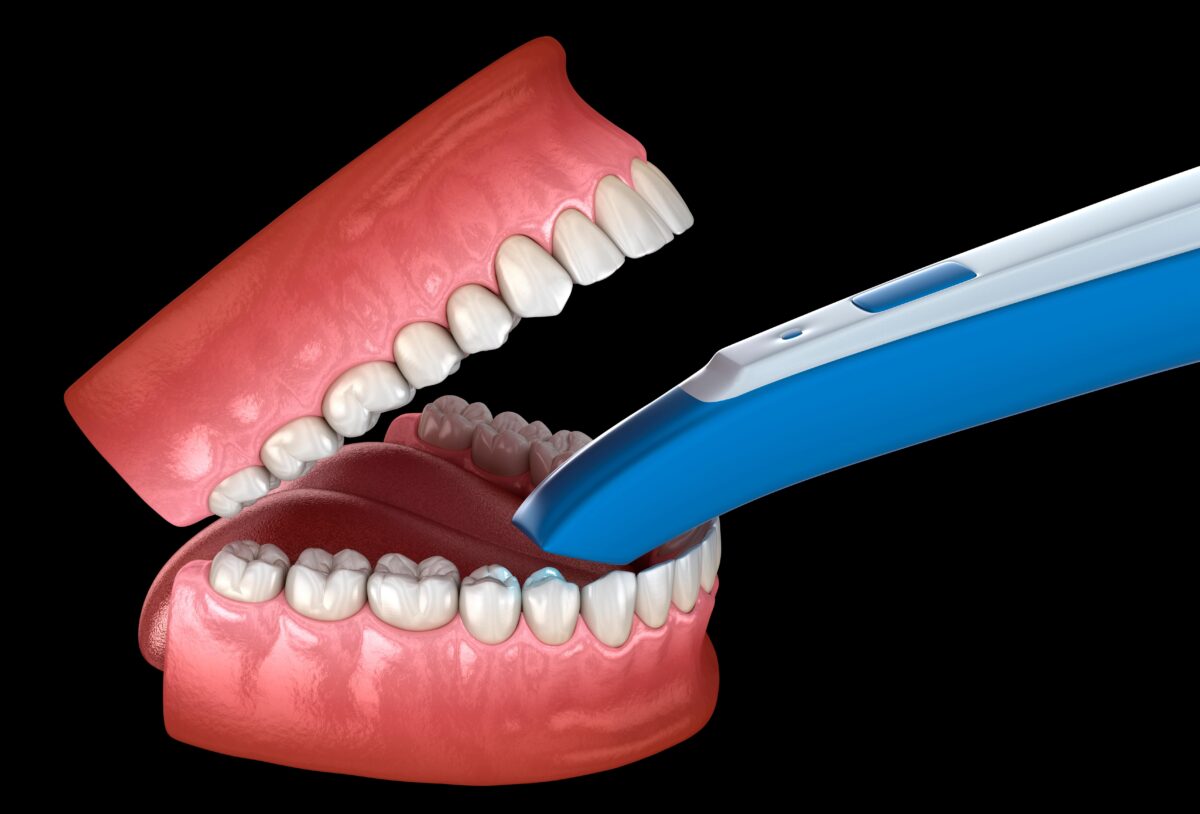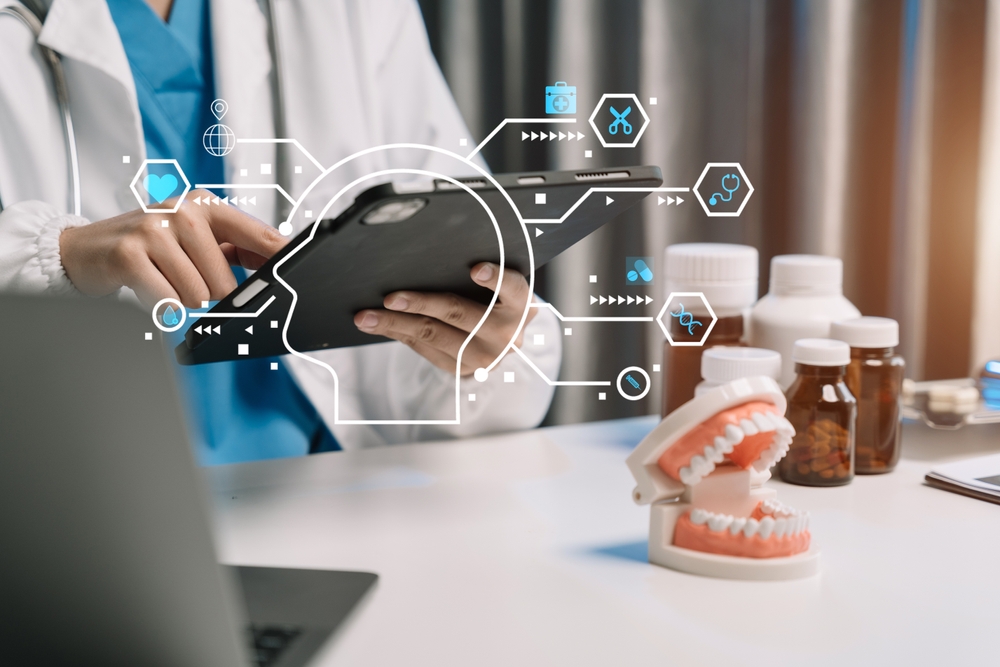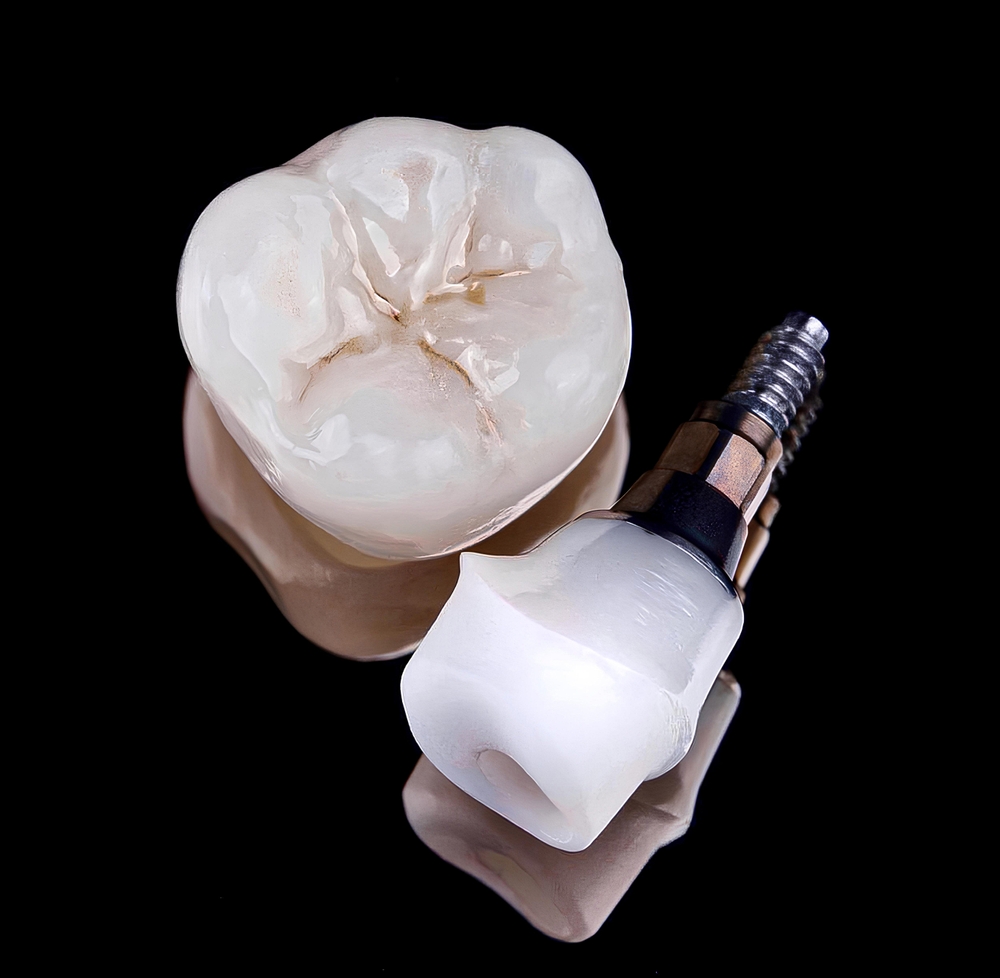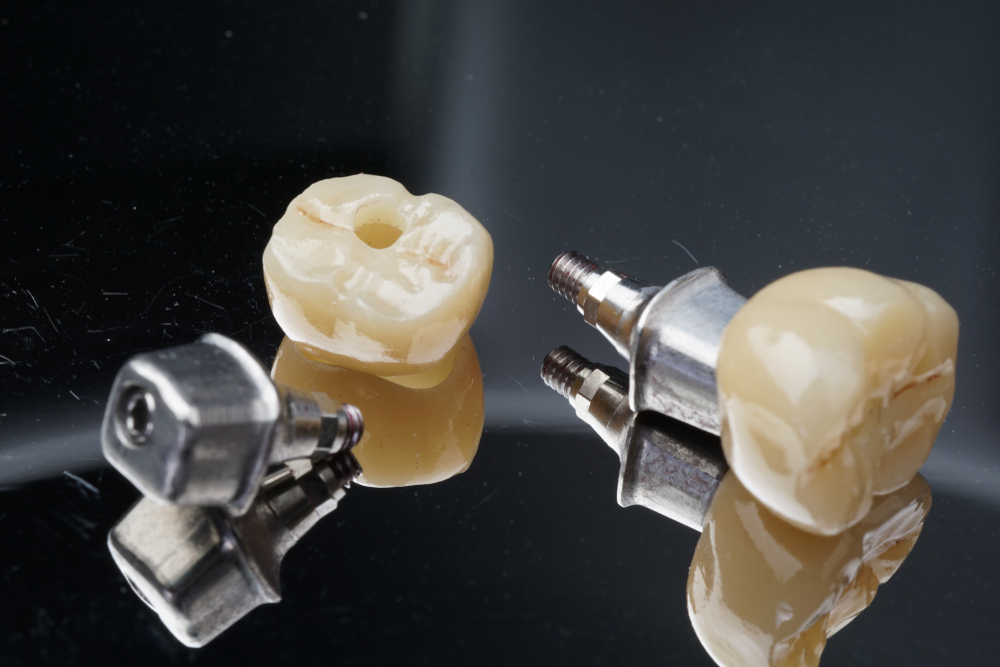As a dental laboratory, we understand the importance of accurate and efficient dental impressions in producing high-quality dental restorations and appliances. Traditional impression techniques have been used for decades, but they have their limitations, including inaccuracies and time-consuming processes. Digital dental impression technology offers a solution to these challenges, providing accurate and efficient digital impressions. In this blog post, we will discuss the benefits of digital dental impression technology for dental laboratories.
The Limitations of Traditional Impression Techniques
The limitations of traditional dental impressions can significantly affect the quality of a dental restoration. Inaccurate impressions can result in poorly fitting restorations that cause discomfort or even harm to the patient. The following are ways in which the limitations of traditional dental impressions can affect the quality of a dental restoration:
- Poor Margins: Traditional impressions can be prone to distortion, resulting in inaccurate margins of the restoration. Poor margins can cause food or bacteria to get trapped, leading to gum inflammation, decay, or even tooth loss.
- Improper Fit: Inaccurate impressions can result in restorations that are either too tight or too loose, causing discomfort or even pain to the patient. Tight restorations can cause pressure and even nerve damage, while loose restorations can cause food or bacteria to get trapped.
- Occlusal Issues: Traditional impressions can also result in occlusal issues, where the bite does not line up correctly. This can result in discomfort, headaches, or even TMJ disorders.
- Remakes: Traditional impressions are prone to inaccuracies, which can result in the need for adjustments or remakes. Remakes increase the time and cost required for the restoration, and can also cause discomfort or frustration for the patient.
Overall, the limitations of traditional dental impressions can significantly affect the quality of a dental restoration, resulting in discomfort, harm, or even the need for further dental work. It is important for dental professionals to consider more accurate and efficient techniques, such as digital dental impression technology, to improve the quality of dental restorations and enhance patient satisfaction.
The Advantages of Digital Dental Impression Technology
Given the limitations of traditional dental impressions, dental professionals have been searching for more accurate and efficient techniques to improve the quality of dental restorations and enhance patient satisfaction. This is where digital dental impression technology comes in. Digital dental impression technology offers numerous advantages over traditional impressions, making it a popular choice for dental professionals. In the following section, we will discuss the advantages of digital dental impression technology and how it can revolutionize the way dental restorations are produced.
Accuracy
One of the most significant advantages of digital dental impressions is their accuracy. The 3D scanning technology used in digital impressions provides a high level of precision, resulting in better-fitting restorations and appliances. This accuracy reduces the need for adjustments and remakes, saving time and resources for both the dental practice and the dental laboratory.
Efficiency
Digital dental impressions are more efficient than traditional impressions, reducing the time required for production. The scanning process is quicker than taking traditional impressions, which can take several minutes. Additionally, the virtual models can be sent to the dental laboratory electronically, reducing the time required for transportation. This efficiency allows dental laboratories to produce high-quality restorations and appliances quickly, improving turnaround times and enhancing patient satisfaction.

Ease of Use
Digital dental impression technology is easy to use, requiring minimal training for dental professionals. The intraoral scanner used in digital impressions is lightweight and handheld, allowing for easy maneuverability and improved patient comfort. The digital images can be viewed on a computer screen, allowing dental professionals to manipulate and analyze the images for accurate treatment planning.
Improved Communication
Digital dental impressions improve communication between dental practices and dental laboratories. The virtual models can be viewed on a computer screen, allowing for easy communication between the dental practice and the dental laboratory. Dental professionals can collaborate on the treatment plan and ensure that the restoration or appliance meets the patient’s needs and expectations.
Applications
Digital dental impression technology can be used in various dental procedures, including restorative dentistry, orthodontics, and implant dentistry. In restorative dentistry, digital impressions can be used to create crowns, bridges, and inlays. In orthodontics, digital impressions can be used to create aligners and retainers. In implant dentistry, digital impressions can be used to create surgical guides, which improve the accuracy of implant placement.
Cost Savings
Digital dental impression technology can provide cost savings for dental laboratories. The accuracy and efficiency of digital impressions reduce the need for adjustments and remakes, saving time and resources for the dental laboratory. Additionally, the digital images can be stored electronically, reducing the need for physical storage space and material waste.
In Conclusion
Digital dental impression technology offers numerous advantages over traditional impression techniques, including accuracy, efficiency, ease of use, improved communication, and cost savings. Dental laboratories that adopt digital dental impression technology can produce high-quality restorations and appliances quickly and efficiently, improving turnaround times and enhancing patient satisfaction. It is crucial for dental professionals to keep up with the latest dental technology advancements to provide the best possible care to their patients. At Pan-Am dental laboratory, we are committed to providing high-quality dental restorations and appliances using the latest technology, including digital dental impression technology.




